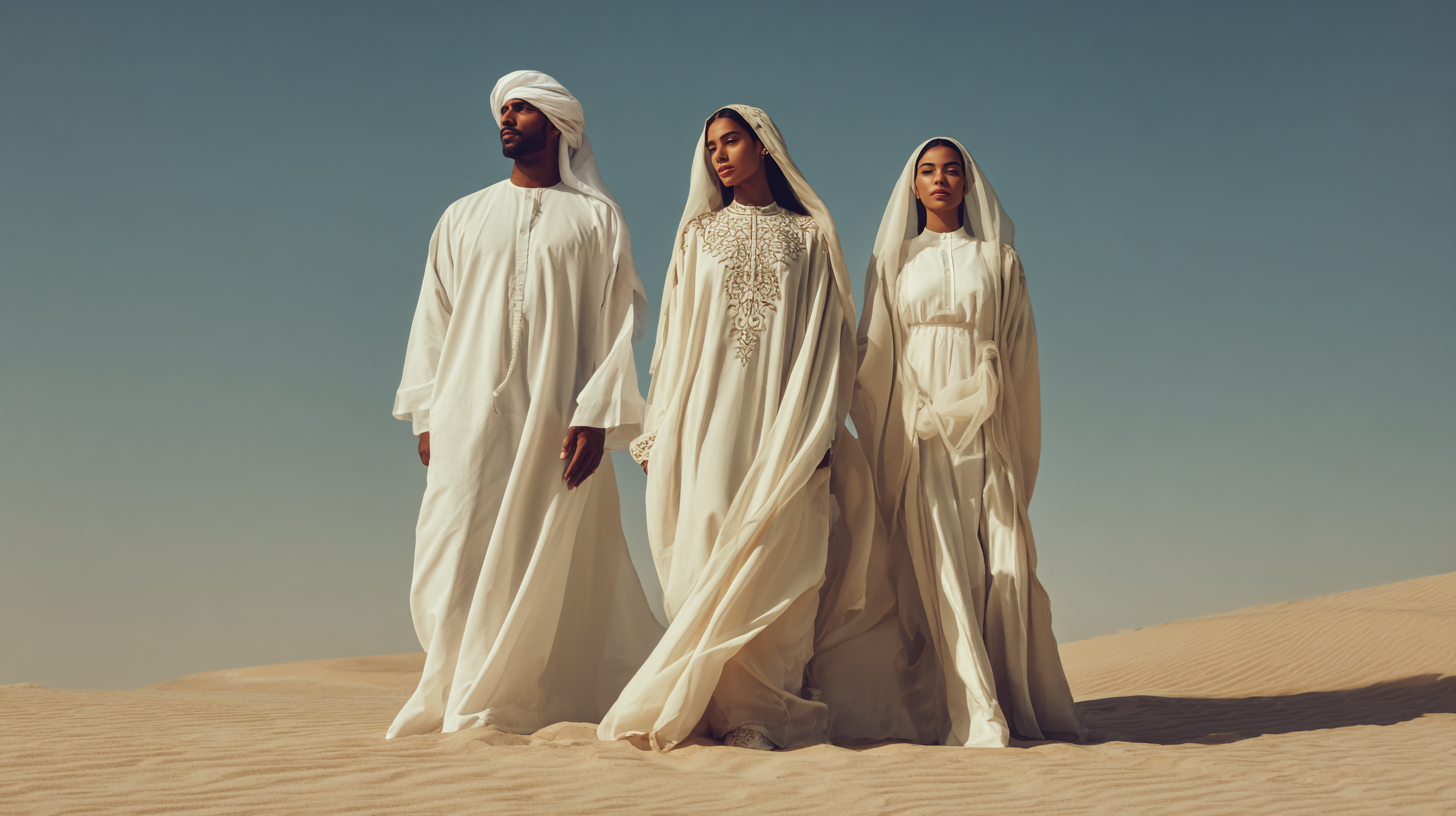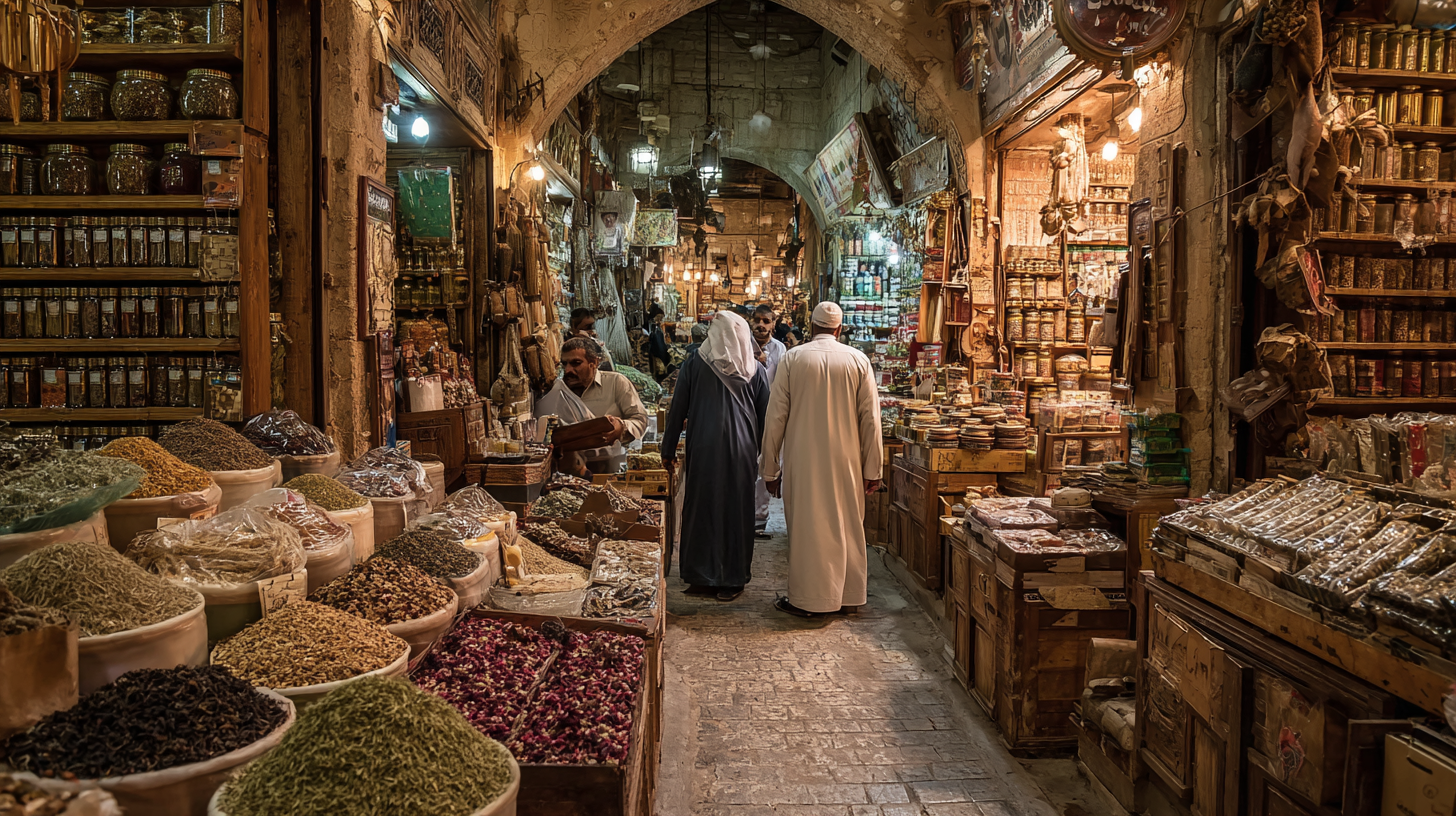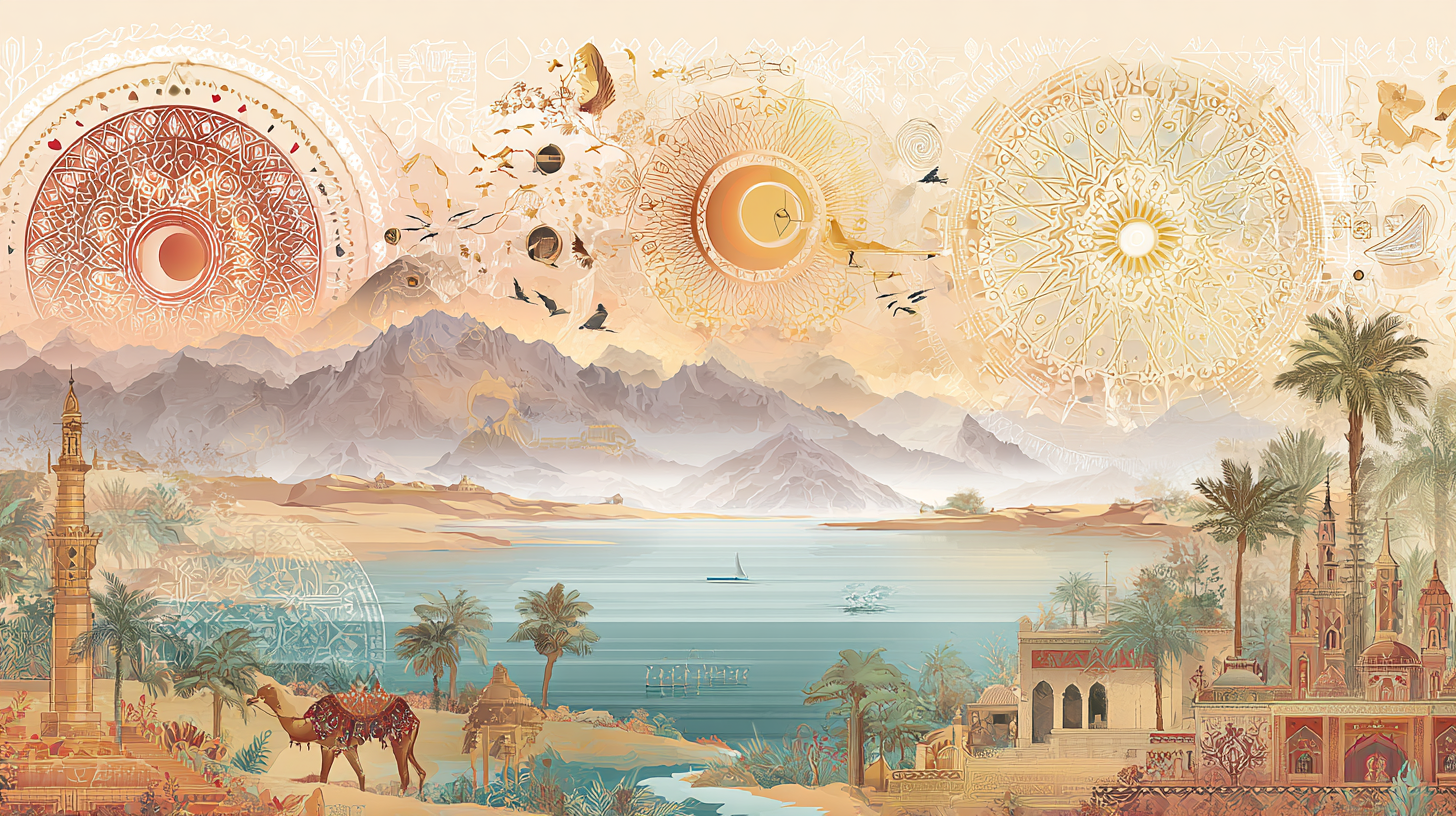Bahraini culture is a vibrant mosaic shaped by centuries of trade, craftsmanship, storytelling, and community traditions. The island brings together influences from Persia, India, Africa, and the Arab world, yet maintains a distinct identity rooted in its history and maritime legacy. From traditional dishes and handcrafted jewelry to festivals and artistic expression, Bahraini culture feels both ancient and alive. Exploring it reveals how deeply the past continues to influence daily life, shaping everything from celebrations to the rhythms of local craftsmanship. Bahrain’s heritage is not static — it is a living, evolving expression of the island’s spirit.
Read more: Society and Lifestyle in Bahrain
Bahraini Culture: Cuisine and Heritage Served Through Flavor
Bahraini cuisine reflects the island’s long history as a trading crossroads, where spices, ingredients, and techniques blended into something uniquely local. Meals are rich in aroma, featuring saffron, cardamom, turmeric, and dried limes that give Bahraini dishes their signature warmth. Traditional cooking places a strong emphasis on rice, seafood, and slow-simmered stews layered with flavors that tell stories of cultural exchange. Sharing food is a central part of hospitality, making every meal a gesture of connection and tradition.

Signature dishes highlight this diversity. Machboos remains the most iconic, blending fragrant rice with fish, chicken, or lamb seasoned with deep, earthy spices. Muhammar offers a sweet-savory contrast with its date-sweetened rice often served alongside spiced fish. Even breakfast reflects creativity — Balaleet pairs sweet vermicelli with a buttery omelet, mixing textures and influences in a uniquely Bahraini way. Through each dish, Bahrain’s culinary heritage speaks with bold flavor and timeless character.
Traditional Dress: A Symbol of Elegance and Identity
Traditional attire remains a key expression of Bahraini culture, blending modesty, elegance, and historical meaning. Bahrain’s traditional clothing reflects modesty, heritage, and artistry. Men typically wear the thobe, a long white garment designed for comfort in the Gulf climate. Women often choose the abaya, a flowing black over-garment that symbolizes grace while allowing room for personal expression through accessories and fabric choice. During celebrations, special garments with intricate embroidery and vivid colors appear, showcasing Gulf craftsmanship at its finest. Traditional attire is not merely worn — it is cherished as cultural identity.

In addition to clothing, veils such as the hijab or the ghishwa carry historical significance. The ghishwa, a delicate black veil, adds an element of mystery and elegance. These garments connect generations, linking modern Bahrainis to the customs of their ancestors. Whether worn daily or reserved for festivals and gatherings, traditional dress remains a meaningful reflection of Bahrain’s cultural values.
Pearling, Jewelry, and Craftsmanship: Bahrain’s Artistic Legacy
Pearling has shaped Bahraini culture for centuries, influencing jewelry, identity, and artistic craftsmanship. Bahrain’s history as the Gulf’s most renowned pearling center shapes much of its artistic and cultural heritage. For centuries, divers risked the depths of the sea in search of natural pearls, which became symbols of purity, prosperity, and craftsmanship. This legacy continues in traditional jewelry design, where pearls and 21k gold form the foundation of intricate pieces. Every necklace, bracelet, and earring tells a story woven through the island’s maritime past.

Craftsmanship in Bahrain extends beyond jewelry. Artisans practice weaving, pottery, and metalwork with techniques passed down over generations. Designs often incorporate meaningful motifs — the Hand of Fatima for protection, star-shaped patterns symbolizing guidance, and geometric lines inspired by Islamic art. These crafts preserve cultural identity while evolving with modern creativity. Through both pearls and handmade art, Bahrain expresses a heritage built on skill, patience, and storytelling.
Festivals and Islamic Celebrations
Bahrain’s cultural calendar is filled with celebrations that reflect faith, community, and tradition. Eid al-Fitr marks the end of Ramadan with family gatherings, festive meals, and charitable giving. Eid al-Adha carries deep religious significance, symbolizing devotion and generosity through prayers, shared feasts, and acts of kindness. These holidays bring neighborhoods together, filling homes with warmth and creating memories passed down across generations.

Ashoora is another deeply significant event, observed through rituals, processions, and community reflection. The atmosphere becomes one of unity and remembrance, illustrating Bahrain’s commitment to cultural identity and spiritual expression. Islamic festivals in Bahrain are more than holidays — they are moments when heritage comes alive through ritual, storytelling, and shared experience. These celebrations highlight how Bahraini culture continues to evolve while preserving its deep-rooted traditions.
National Celebrations: Pride and Cultural Unity
Bahrain’s National Day, celebrated each December, reflects the island’s pride in its history and independence. Streets glow with vibrant lights, flags wave from buildings, and festive parades take over the city. Families gather to watch fireworks displays that illuminate the night sky, while cultural performances bring traditional music and dance to public spaces. The holiday reinforces a sense of togetherness, connecting modern society to its national roots.

Alongside National Day, other heritage-based events highlight Bahrain’s progress and achievements. Museums, cultural centers, and public institutions host exhibitions and performances that celebrate the island’s growth while honoring its traditions. These celebrations strengthen Bahrain’s national identity, creating a shared cultural memory for future generations.
Arts, Music, and Cultural Expression
Art holds an important place in Bahraini culture, with a thriving creative scene that blends traditional influences with modern perspectives. Galleries showcase works from local painters, calligraphers, and photographers, while street art and installations add contemporary flair to urban neighborhoods. The island’s creative community continues to expand, driven by festivals and cultural programs that encourage artistic exploration.

Music and dance also contribute to Bahrain’s cultural richness. Traditional performances often feature drums, oud melodies, and rhythmic songs that echo the island’s seafaring history. The Spring of Culture Festival brings international artists, theater performances, concerts, and exhibitions to Bahrain, transforming the island into a regional cultural hub. These artistic expressions highlight the depth and dynamism of Bahraini heritage.
Souks and Traditional Markets: Living History
Bahrain’s traditional souks preserve the atmosphere of old Arabian trade routes. Manama Souk, with its narrow lanes and bustling energy, offers handcrafted goods, spices, incense, textiles, and jewelry — each stall carrying echoes of the island’s commercial past. Merchants greet visitors with warmth, adding to the authentic experience of wandering through a market unchanged by time.

Muharraq’s heritage neighborhoods add another layer, with traditional houses, cultural cafés, and artisan shops showcasing Bahrain’s enduring craftsmanship. These markets connect the present with the past, allowing travelers to experience living culture through scent, sound, and texture. Souks are not only shopping destinations — they are gateways into Bahrain’s soul.
Conclusion
Bahrain’s cultural heritage is a rich and enduring tapestry woven from food, craftsmanship, celebration, and artistic expression. Each tradition reflects centuries of exchange, resilience, and community, creating a culture that feels both rooted and alive. Whether through the flavors of traditional dishes, the elegance of traditional dress, the legacy of pearling, or the vibrancy of festivals, Bahrain offers an intimate look into a heritage cherished by its people. It is a culture that welcomes exploration — warm, colorful, and deeply meaningful.
Learn more on Bahrain’s official culture and heritage website.


Pingback: Culinary Journeys Around the World: Discovering the Diverse Dishes and Rich Cuisine of Bahrain